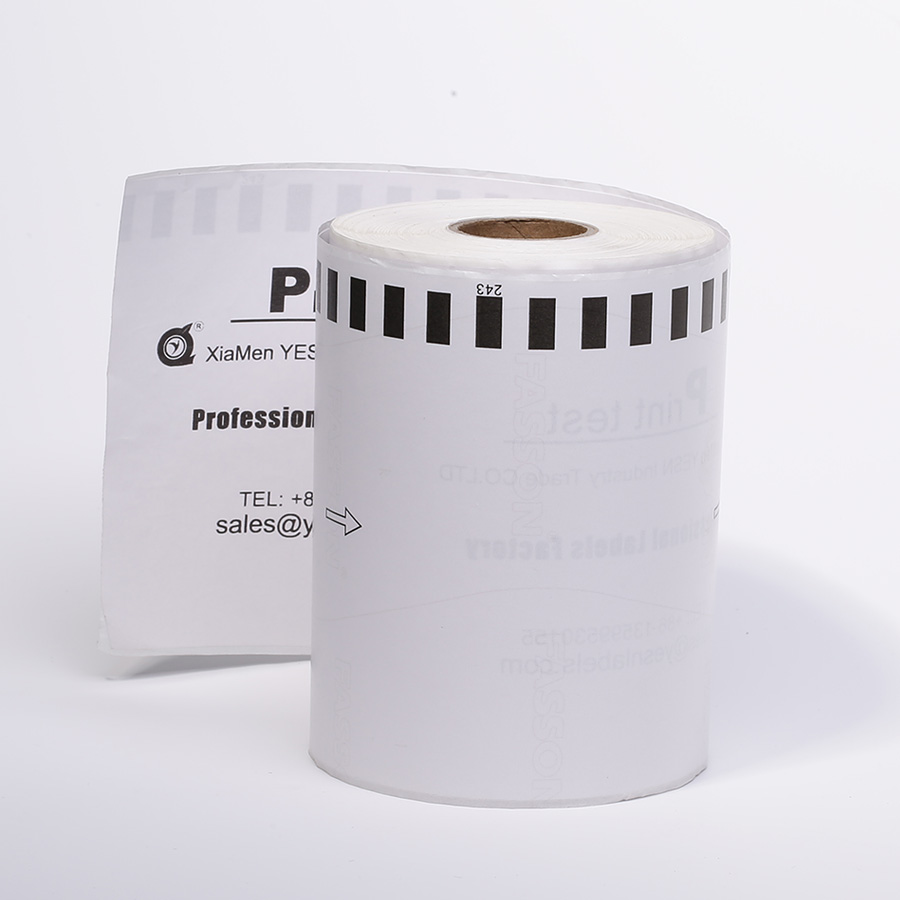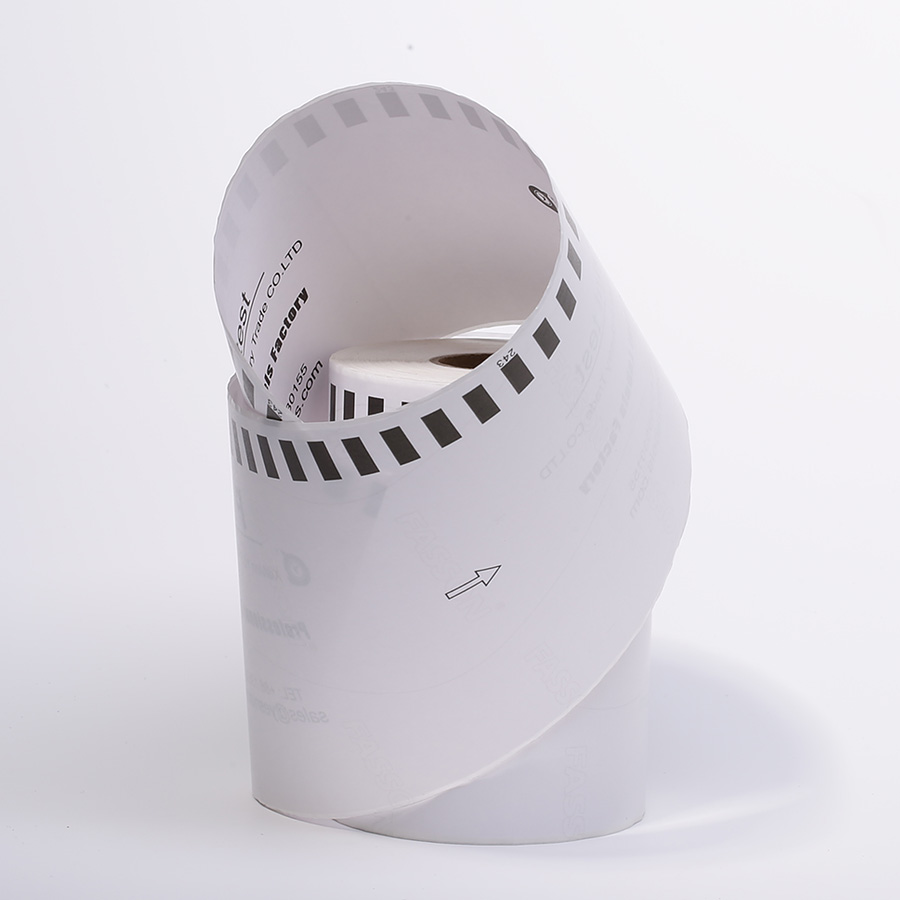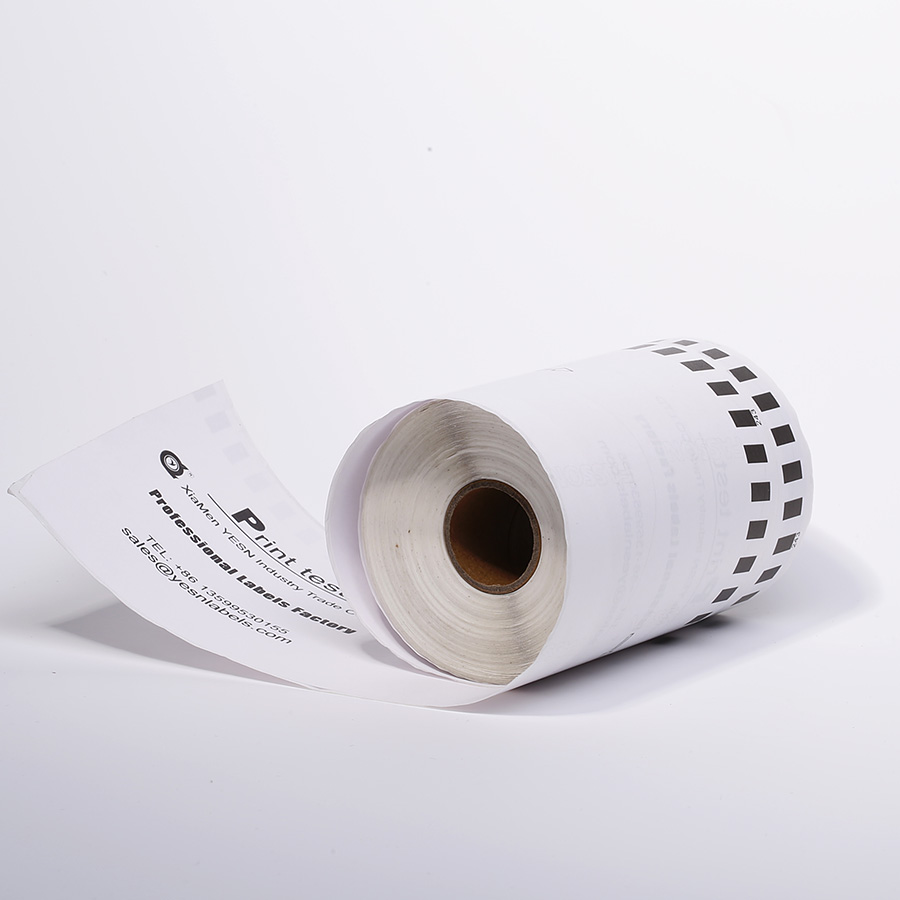Understanding the Difference Between a Label Maker and a Label Printer
When it comes to creating labels, you might come across two terms:
label makers and label printers. While they both serve the purpose of producing labels,
there are some key differences between them.
Label Maker
.Functionality: Label makers are handheld devices designed for creating small, adhesive labels.
They typically have built-in keyboards and screens for inputting text.
.Usage: They are ideal for creating short, simple labels for home organization, office use, or basic product labeling.
.Portability: Label makers are portable and easy to use on the go.
.Cost: Generally less expensive than label printers, making them a cost-effective option for occasional use.
Label Printer
.Functionality: Label printers are desktop devices that connect to a computer or network.
They can print a wide variety of labels, including barcodes, QR codes, and complex designs.
.Usage: They are suitable for businesses that require high-volume label printing,
such as shipping, inventory management, and product labeling.
.Customization: Label printers offer more customization options,
allowing you to create detailed and professional-looking labels.
.Cost: Typically more expensive than label makers, but they offer greater flexibility and efficiency.

Is It Cheaper to Print Your Own Labels or Buy Them?
The cost-effectiveness of printing your own labels versus buying pre-made labels depends on several factors:
Printing Your Own Labels
.Initial Investment:
You need to purchase a label printer and label stock, which can be a significant upfront cost.
.Ongoing Costs:
The cost of ink or toner and label paper needs to be considered.
However, bulk purchases of label stock can often reduce these costs.
.Customization:
Printing your own labels allows for greater customization and can save money in the long run if you need unique or frequently updated labels.
.Time and Efficiency:
Once set up, printing your own labels can save time and ensure consistency.Buying Pre-Made Labels
.Convenience:
Pre-made labels are ready to use, saving you the time and effort of setting up and maintaining a label printer.
.Cost per Label:
Pre-made labels can be more expensive per unit, especially for small quantities.
Limited Customization: Pre-made labels may not meet all your specific needs,
particularly if you require custom designs or frequent updates.

How Do I Make My Own Labels?
Creating your own labels is a straightforward process with the right tools and steps:
Choose the Right Software:
Use software like Microsoft Word, Excel, Adobe Acrobat, or specialized label-making software (e.g., Endicia, ShipStation).
Design Your Label:
Input the necessary information, such as recipient and sender addresses, tracking numbers, and any additional details.
Select the Right Paper:
Use high-quality label paper to ensure durability and adhesion.
Print and Test:
Print a test label to ensure all the information is clear and the label adheres properly.
Affix the Label:
Apply the label to your package, ensuring it is smooth and secure.

What Can I Use Instead of a Label Maker?
If you don't have a label maker or label printer, there are alternative methods to create labels:
Handwritten Labels:
Use a pen and adhesive paper to write out labels by hand. This is a simple and low-cost option but may lack professionalism.
Stickers and Tape:
Use pre-cut stickers or tape to create labels. You can write on them or print them using a regular printer.
Computer and Printer:
Design your labels using a word processor or graphic design software and print them on adhesive paper. This method offers more customization and professionalism.
Online Services:
Use online label-making services that allow you to design and order custom labels. This can be a convenient option for one-time or infrequent label needs.
By understanding the differences between label makers and label printers, considering the cost-effectiveness of printing your own labels,
and knowing how to create and use alternatives, you can choose the best solution for your labeling needs.
 +86 13306035080
+86 13306035080 Skype: labelpaper
Skype: labelpaper WhatsAPP: +86 13599530155
WhatsAPP: +86 13599530155 order@yesnlabels.com | sales@yesnlabels.com
order@yesnlabels.com | sales@yesnlabels.com


 No.8-1 JiuZhanLinLi HeShan XinMin Town TongAn District XiaMen 361100 China
No.8-1 JiuZhanLinLi HeShan XinMin Town TongAn District XiaMen 361100 China Phone+86 13306035080
Phone+86 13306035080 AddressNo.8-1 JiuZhanLinLi HeShan XinMin Town TongAn District XiaMen 361100 China
AddressNo.8-1 JiuZhanLinLi HeShan XinMin Town TongAn District XiaMen 361100 China E-amil
E-amil

